
Free radicals (FRs) are generated during normal metabolic processes in addition to exposure to pathophysiological states.1 Such species are unstable and induce unfavorable cellular changes, if left unchecked, to include DNA damage; a destructive process associated with the genesis of cancer.1(317) Antioxidants are substances that can control the effects and propagation of FRs thereby down-regulating damage to biological molecules and cell structures.1(317)However, tracking oxidative stress and determining the type, amount, and balance of an antioxidant (and its relationship with other antioxidants) is key to imposing such favorable effects upon oxidative events. As such, the following will explore said considerations.
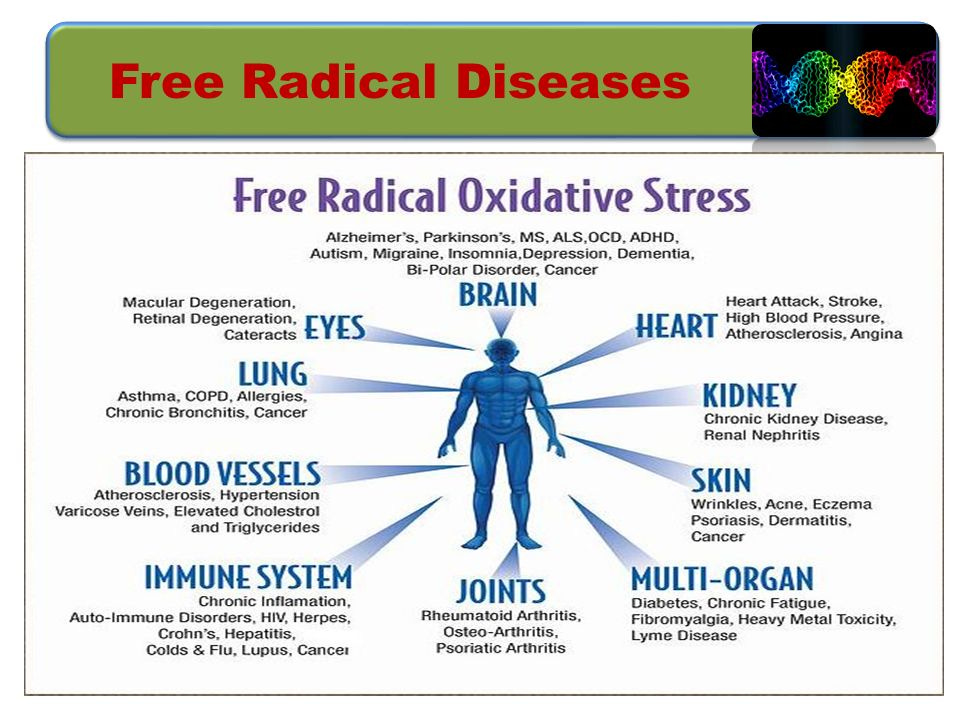
As mentioned in the introduction, FR’s have the potential to induce damage upon DNA. However, the reach and effect of FRs extend beyond a singe cellular component like DNA; FRs also breakdown lipid membranes, inactivate enzymes, and induce receptor malfunction.2 Since FRs have a profound capacity to affect the most basic functional unit of an organism (i.e., the cell), it has been postulated to be a causative factor in several disease states to include toxicity, inflammation, atherosclerosis, neuronal injury, and Alzheimer’s disease.2(515)
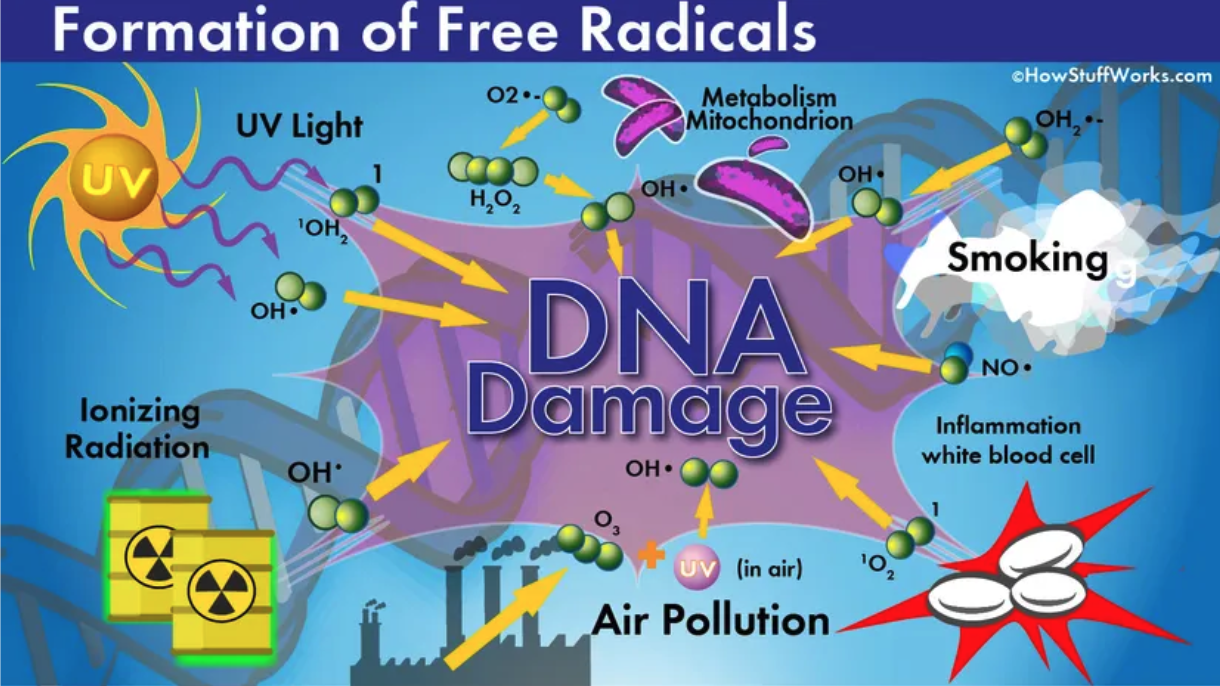
FRs are partially reduced metabolites of oxygen and carry a charge by way of an unpaired electron in the outer orbital.2(515)Such a charge makes FRs highly reactive and unstable developing species such as a singlet oxygen, superoxide radical, hydrogen peroxide, lipid peroxide radical, and hydroxyl radical.2(516) All FRs seek to have their unpaired electrons paired, and will satisfy such a requirement from cellular components if left unchecked. Antioxidants intervene by providing and donating a steady flow of electrons to FRs helping reduce oxidation of cell structures.2(518)

Although research has indicated the symbiotic relationship between FRs and antioxidants, another equally relevant consideration is the amount of antioxidant required and the balance of antioxidants between each other.2(522) Such a notion is vital as evidence has suggested that a “more is better” approach to single antioxidant supplementation is not only erroneous logic, but potentially harmful. One example that illuminates such a premature approach is a smoker/drinker who supplements with beta-carotene (an antioxidant); research has indicated that said combination can increase the risk of lung cancer, not decrease it.2(523)Ultimately, measuring the degree of oxidative stress, and monitoring the same thereafter, is critical as a first step when considering antioxidant interventions.
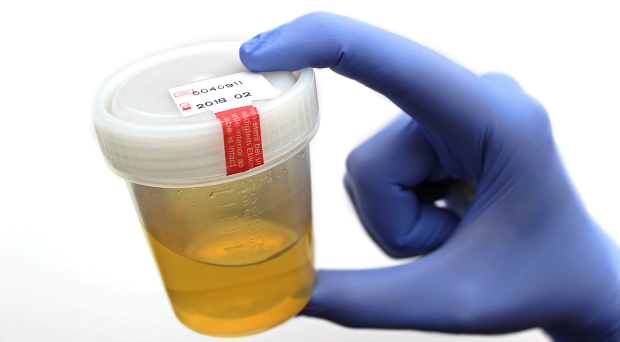
Individuals with poor antioxidant protection have increased blood and urinary levels of oxidative byproducts.2(526)Such biomarkers include urinary malondialdehyde, isoprostanes, 4-hydroxy-2-nonenal, oxidized low-density lipoproteins, 3-nitrotyrosine, methionine sulfoxide, and 8-hydroxy-2-deoxyguanosine.2(526) Each particular marker listed provides insight into regions of oxidative stress as well as associated disease states allowing for a more precise interventions and monitoring of the same. As such, the following will briefly consider each oxidative marker.
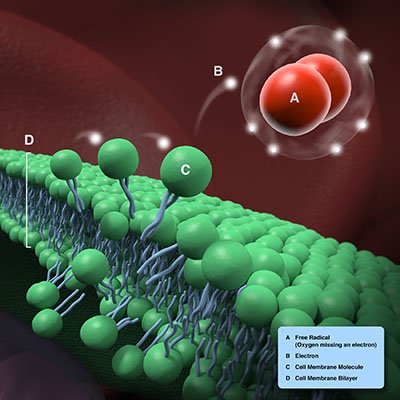
Malondialdehyde (MDA), a product of lipid peroxidation, is a marker of damage to the outer layer of the cell known as the lipid membrane.2(526)MDA is a good measure of determining overall FR pathology, the risk of degenerative processes, and the need to consider antioxidant supplementation. Furthermore, such an evaluation is simple, accurate, and inexpensive. Isoprostanes are compounds produced from peroxidation of arachadonic acid and provide insights into atherosclerotic effects of homocysteine and peroxidation of low-density lipoproteins.2(527)Furthermore, isoprostanes themselves may cause enzyme inactivation and are also indicative of beta-amyloid peptide growth; a substance which induces oxidative damage found in Alzheimer’s disease.2(527)
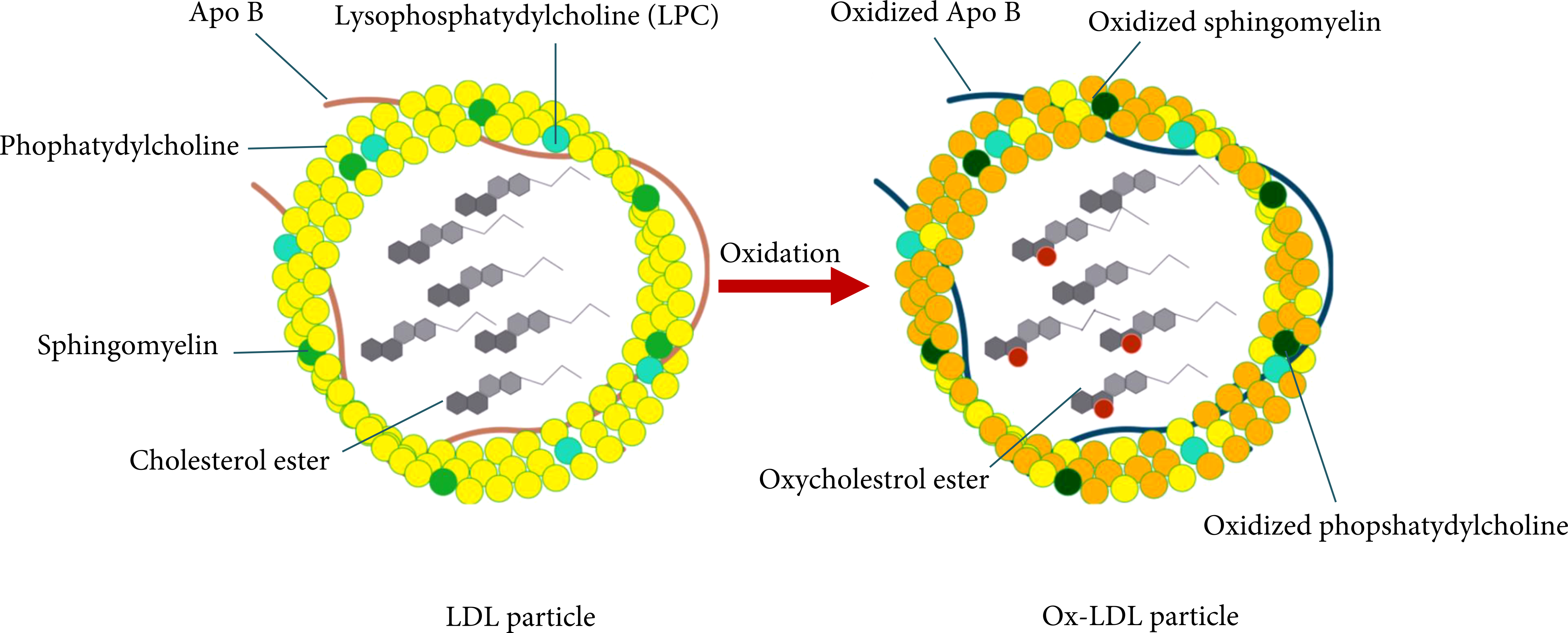
Other FR oxidation measures include 4-hydroxy-2-nonenal (HNE), which is another marker of lipid oxidation. HNE is an aldehyde product of lipid peroxidation, is highly mutagenic (influences DNA), and toxic.2(527)Furthermore, HNE is also present and elevated in hyperglycemic conditions, diabetes, mitochondrial dysfunction, and neurodegenerative diseases providing insights on the degree of oxidative damage such conditions may be producing.2(528)Oxidized low-density lipoproteins (LDLs), a cholesterol transporter, is another marker that is gaining evidence as a predictor of heart disease, even when LDL concentrations are not high providing potential early warning of the same.2(528)

3-nitrotyrosine (3NT) is a consequence of FRs reacting with nitric oxide, which eventually interacts with tyrosine molecules in the body. Ultimately, such reactions lead to changes in protein structure, function, and cell death releasing 3NT as a product.2(529)Such a marker is indicative of protein oxidation within the body and high 3NT levels are also closely associated with kidney injury, sporadic amyotrophic lateral sclerosis, H. pylori, and inflammatory bowel disease.2(530) Methionine sulfoxide (METO), another marker of amino acid oxidative stress and inadequate antioxidant levels, interacts with methionine and enzymes forming structural proteins.2(530) METO is particularly problematic as its presence can induce enzyme inactivation and contributes to oxidative conditions such as Alzheimer’s disease.2(530)
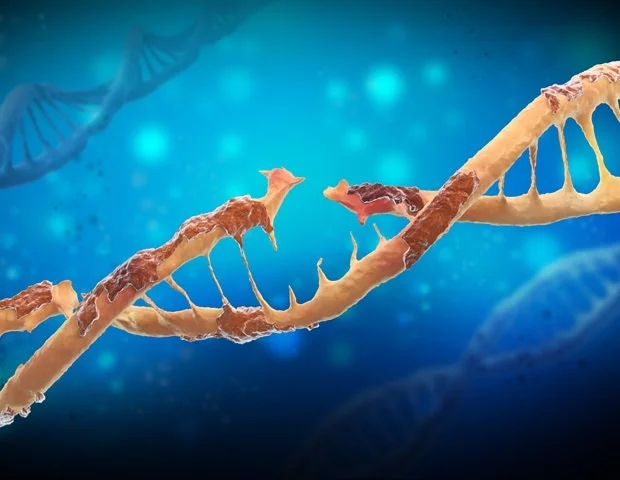
8-hydroxy-2-deoxyguanosine (8OHDG) is a marker of DNA repair and indicates the presence of mutagenic guanine oxidation.2(530) However, the use of intracellular antioxidants such as glutathione and vitamin C (ascorbate) can protect targets of oxidation, like lymphocytes, from DNA damage. Implementation of such antioxidants can help reduce the age-associated decline of mitochondrial function from DNA damage, and such damage can be monitored and tracked by 8OHDG.2(531)
FRs are generated during normal metabolic processes in addition to exposure to pathophysiological states. Such species are unstable and induce cellular damage; a destructive process associated with the genesis of many diseases. Although antioxidants can be useful is managing the propagation and harm imposed by FRs, it is essential to track where such oxidation is occurring and the degree to which it worsens a disease or condition. Ultimately, such information provides insight into which antioxidant to use, the degree of its benefit, or the extent of its harm.
References
1. Chen GL, Chen SG, Chen F, et al. Nutraceutical potential and antioxidant benefits of selected fruit seeds subjected to an in vitrodigestion. J Funct Foods. doi:10.1016/j.jff.2015.11.003.
2. Lord RS, Bralley, JA. Laboratory Evaluations for Integrative and Functional Medicine 2nd ed. Duluth, GA: Genova Diagnostics; 2012; 20:317-331.
-Michael McIsaac
